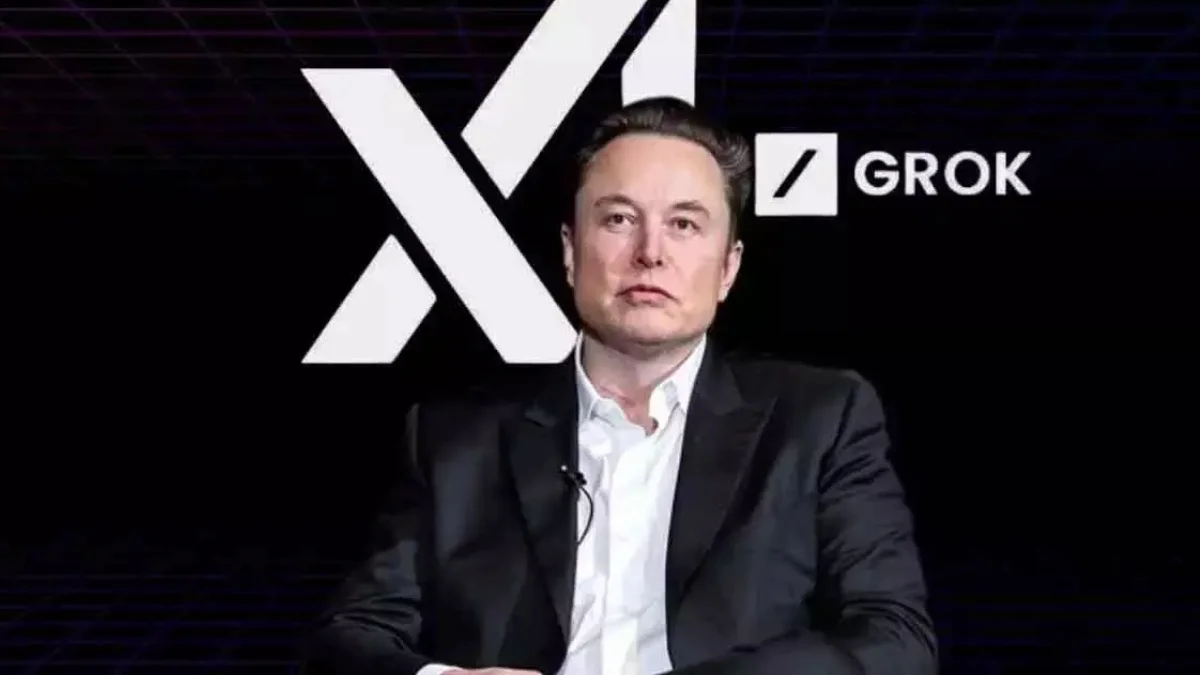Necessary Always Active
Necessary cookies are required to enable the basic features of this site, such as providing secure log-in or adjusting your consent preferences. These cookies do not store any personally identifiable data.
|
||||||
|
||||||
|
||||||
|

Elon Musk’s xAI has released Grok 2.5 to the global developer community as an open-source project on the open-source platform Hugging Face, TechCrunch reported. The announcement came through Musk’s social media channels, where he confirmed that this version of Grok is now freely available for developers worldwide and Grok 3 will be available for free in the next 6 months.
Musk wrote on X platform, “The @xAI Grok 2.5 model, which was our best model last year, is now open source.”
The move represents a direct challenge to closed AI systems from companies like OpenAI and Google. Musk has consistently argued that artificial intelligence should be accessible to everyone rather than controlled by a few large corporations.
The Grok 2.5 update brings several improvements over previous versions of the AI model. Enhanced reasoning capabilities and better natural language understanding are among the most notable upgrades.
Developers can now access advanced conversational AI features that were previously exclusive to xAI’s premium users. The model demonstrates improved performance in coding tasks, mathematical reasoning, and creative writing applications.
AI engineer Tim Kellogg called the Grok license as “custom with some anti-competitive terms.”
The open source release includes comprehensive documentation and training materials. This approach makes it easier for developers to integrate Grok 2.5 into their own projects and applications.
xAI’s Grok 2.5 licensing restrictions are relatively minimal compared to other AI models in the market. The company has adopted a permissive license that allows both commercial and non-commercial use.
However, some limitations remain in place to prevent misuse of the technology. Users cannot employ the model for illegal activities or to create harmful content that could endanger public safety.
xAi’s licensing terms also include provisions for attribution and transparency. Developers must clearly indicate when they are using Grok 2.5 in their applications and services. In June, Grok 3 launched an AI chatbot to take on ChatGPT and Deepseek. Grok 3 came with advanced large language processing capabilities and better efficiency.
Musk has hinted at plans for future open source releases from xAI. The Grok 3 open source timeline suggests that more advanced versions will follow a similar path to public availability.
The company appears committed to maintaining its open approach as it develops more sophisticated AI capabilities. This strategy differentiates xAI from competitors who keep their most advanced models proprietary.
Industry observers believe this approach could accelerate innovation in the AI field by allowing broader experimentation and collaboration among developers.
The impact of Grok 2.5 being open source on the AI community has been overwhelmingly positive among developers and researchers. Many have praised xAI’s commitment to democratizing access to advanced AI technology.
Early adopters report successful integration of Grok 2.5 into various applications ranging from chatbots to content generation tools. The model’s performance has impressed developers who previously relied on more expensive proprietary alternatives.
Academic researchers have also welcomed the release, as it provides new opportunities for studying large language model behavior and capabilities.
This open source strategy positions xAI differently in the competitive AI landscape. While other companies focus on monetizing their AI through subscription services, xAI is building goodwill and fostering innovation.
The move could pressure other AI companies to consider more open approaches to their technology. Competition in the AI space may increasingly focus on who can best serve the developer community.
Grok 2.5 runs efficiently on standard hardware configurations, making it accessible to individual developers and small organizations. The model requires reasonable computational resources while delivering enterprise-grade performance.
The release includes optimized versions for different use cases and hardware constraints.